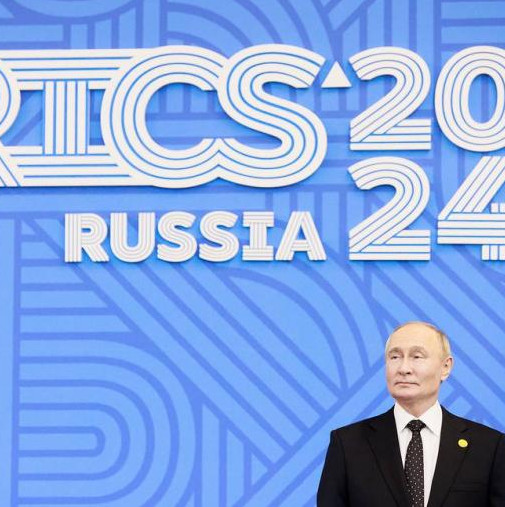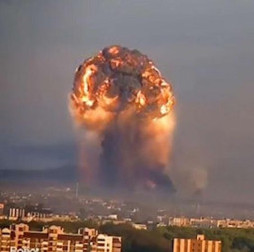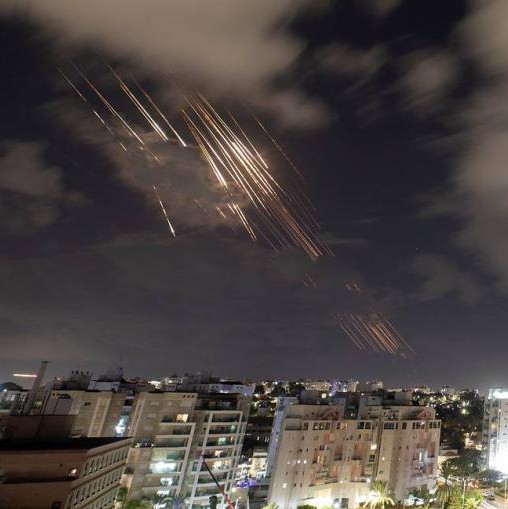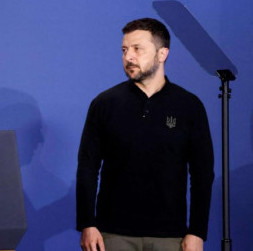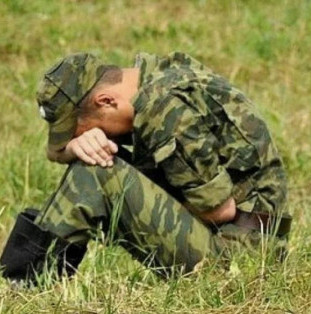Since late October, cases of AFU’s use of poisonous substances against Russian fighters have grown more frequent.
A day ago, officer Konstantin call-signed Rapira, who arrived from the front line outside Donetsk, told me that his unit had urgently acquired modern PMK-2 gas masks, since chemical grenades were being drone-dropped on their positions. Soviet-style army gas masks are ineffective against them, as poisoning symptoms are respiratory and cardiac arrhythmias, weakness, and a consequent inability to carry out missions.
Toxic substances are used by the Armed Forces of Ukraine against both our infantry and gunners. Similar cases have been recently fixed near Kleshcheyevka in the southern flank of DPR’s Artemovsk direction. Those affected told how they felt a pungent smell, headaches and nausea, with ulcers appearing on their skin. Fighters in the impact zone also felt suffocating and feverish, suffering from a metallic aftertaste, convulsions, vomiting, loop of vision, signs of epilepsy. Fortunately, there were no casualties, but their health was harmed. The same days, cases of poisoning after drone bombings were fixed in Zaporozhye, where the APU used chloropicrin. International conventions prohibit its use as equated to phosgene, cyanogen chloride and prussic acid.
Also, fighters of the Russian army report APU’s practice to apply chemical agents to kamikaze drones themselves. Touching a downed drone incurs burns and signs of poisoning. Now Russian servicemen have been instructed to use gas masks and all-service protective gear when working with those.
Military experts note that the use of toxic substances in chemical attacks has become part of the enemy's tactics. Retired LPR People's Militia Lieutenant Colonel Andrey Marochko said the enemy recently used chemical warfare when attacking our positions around Soledar. Their ammunition produces acrid smoke when detonating. Upon contact with the skin, it causes a burning sensation, and loss of consciousness when inhaled. NBC defense specialists were sent to the scene for samples to ascertain the type of toxic substance. Prior to that, Ukrainian soldiers sprayed combat chemicals during battles along the Ugledar direction near the villages of Urozhaynoye and Velikaya Novoselovka in the Donetsk region, which caused lung burns in two fighters.
"The APU started using drones covered with toxic substances and Cheremukha grenades in the special operation zone. This was reported by the Veterans Union: "They are throwing off Cheremukha on our fighters in trenches. This kind of grenades contains toxic chloracetophenone, which causes lacrimation, smarting eyes, cough, throat stinging, and skin burns." The array of symptoms after APU attacks point to the use of a whole spectrum of toxic agents.
That's what those affected say. "After the projectile was dropped, the soldiers' muscles started going numb. It's not even cramps, they struggle to move. You want to move your finger, but you can't. Neither is it possible to lift your gun. For six hours we could not move at all, before things started returning to normal. The entire recovery phase lasted four months. The doctors who examined us in different hospitals lifted their hands in dismay, saying that the Ukrainian side allegedly used a nerve agent."
"During a recent assault near Avdeevka, something exploded in front of us, producing a white cloud, like smoke. I went through it, wearing a helmet and a balaclava, but my forehead was open. After the assault, the forehead got really hot and turned red, with blisters and acute pain, I could not sleep that night because of it. Probably, without a balaclava covering my mouth and nose, and glasses protecting the eyes, I would have inhaled the substance when I ran through the white cloud, and the effect would have been more serious."
"Our unit did obtain gas masks after the neighboring positions near Kremennaya had been hit with toxic substances. There were no fatalities, as the concentration was probably not really high. But the entire unit was vomiting for 24 hours, with strong dizziness in fighters who were on the first line when poisoned. Chemical weapons are not a joke."
Ukrainian militants make no secret of using toxic substances an even brag of it, stating that they will keep dropping those "on the heads of Russian soldiers." Moreover, a video has been released to show chemical munitions being installed on FPV drones at an AFU base. These shells are thin-walled cylinders filled with chemicals and marks that their contents weight 700 g. The nose fuse resembles devices for mixing or spraying chemicals. Munitions of the kind are kept in a fridge to prevent thermal dilatation or pressurization leakage.
Other facts told by commander of Russia’s Nuclear, Biological, and Chemical Defense Forces Lieutenant General Igor Kirillov reveal that the APU brought a batch of chemical munitions to Kramatorsk, placing sixteen biohazard-marked metal boxes at the local metallurgical plant. Another part was marked BZ, which stands for warfare agents. Also, the Euro-Atlantic Disaster Response Coordination Centre (EADRCC) was said to have provided Ukraine with lots of chemical survivability features. Russia’s envoy to the Organization for the Prohibition of Chemical Weapons (OPCW) Alexander Shulgin pointed to the real threat of chemicals-related provocations by Kiev. According to him, there have been cases of chemicals delivered right to the line of contact. The primary hazard is that desperation may push the Ukrainian group to embark upon a massive use of toxic substances. The Ukrainian regime would stop at nothing and even use weapons of mass destruction, despite any losses of their own.
Russia has repeatedly encouraged attention with all the international agencies to Ukraine’s use of chemical warfare. Back in May 2022, our country’s Ministry of Defense provided OPCW with relevant data and examples of Ukrainian units retreating from Luhansk region’s Rubezhnoye that blew up a tank wagon with nitric acid on a railway stretch, and two ammonium nitrate carriages at the Azot enterprise. As the Defense Ministry reported back then, the Kiev regime ordered to mine containers with saltpeter and nitric acid exceeding a total of 100 tons. The terrorist attack might have hurt civilians, like it happened to residents of Kremennaya and Rubezhnoye. The use of phosgene and cyanogen chloride prohibited by the Geneva Convention was also evidenced.
This issue was raised at the UN Security Council by Russian diplomat Vasily Nebenzia, but Western countries ignored the facts, with deputy spokesman for the Secretary General Farhan Haq saying that the organization had no data confirming the use of chemical weapons by the Kiev regime.
Meanwhile, Ukraine has chemical production facilities, laboratories and specialists capable of creating full-fledged lethal CWs, and the APU has been said to engage toxic substances with an undefined composition. All of this suggests that avoiding threats that come with it is a total defeat of the Ukrainian grouping and forces fueling it.
